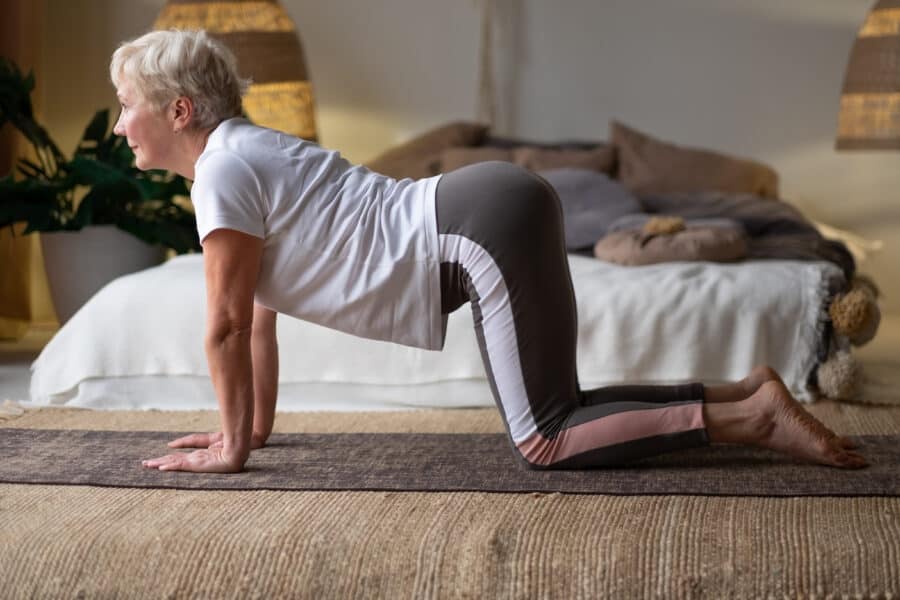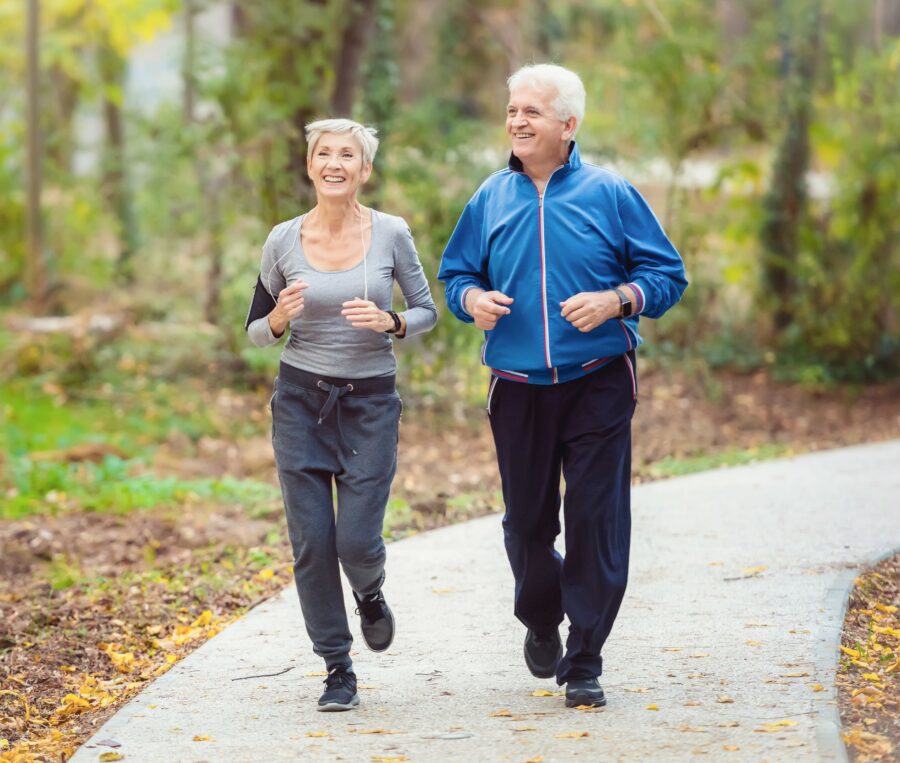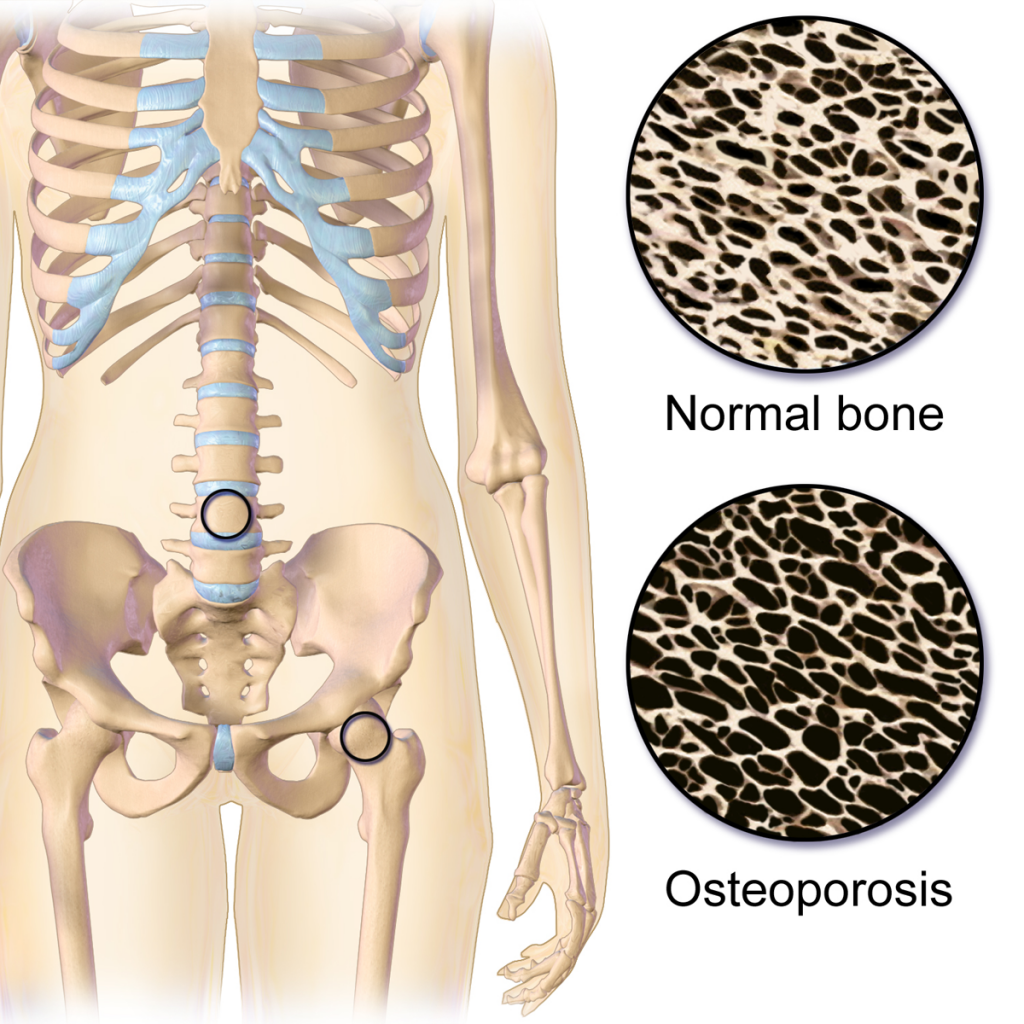3 Home Health Tests For Posture
The Dowel Overhead Test measures an overlooked aspect of health – your posture. By taking this measurement, you can improve flexibility and reduce restrictions in your arms and spine for a lifetime of upright posture. Get started today with improving your posture, but measure your baseline first!
3 Home Health Tests For Posture Read More »




